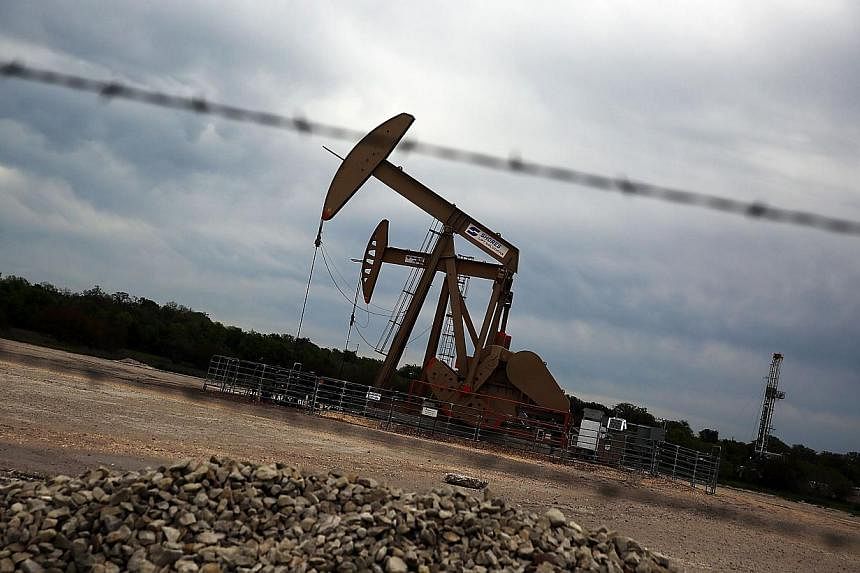NEW YORK (Bloomberg) - The US government said for the first time that the nation will become a net energy exporter within 15 years as the shale boom bolsters crude oil production.
US energy exports will exceed imports from 2029 through 2032, and from 2037 through 2040, the Energy Information Administration said Tuesday in its Annual Energy Outlook. The agency raised its oil output forecasts for 2025 and 2040, while cutting total energy demand estimates for the same years. The forecast doesn't anticipate any change in U.S. law that bans most exports of crude.
"Advanced technologies are reshaping the U.S. energy economy," EIA Administrator Adam Sieminski said in an e-mailed statement. "With continued growth in oil and natural gas production, growth in the use of renewables and the application of demand-side efficiencies, the projections show the potential to eliminate net U.S. energy imports in the 2020 to 2030 timeframe."
US crude output will total 10.3 million barrels a day in 2025 and 9.4 million in 2040, the EIA said. That's up from last year's forecast of 9 million barrels a day in 2025 and 7.5 million in 2040. The country pumped 7.4 million barrels a day in 2013 and 9.19 million barrels in January, the most recent month there's data for. The agency also bolstered its estimates for natural-gas liquids production over the period.
Horizontal drilling and hydraulic fracturing, or fracking, have unlocked supplies in shale formations in North Dakota, Texas and other states. The rise in production over the past year and the continuing development of "sweet spots" in fields under development accounted for part of the increase in the long-term reference case, the EIA said.
West Texas Intermediate oil for May delivery rose US$1.38, or 2.7 per cent, to settle at US$53.29 a barrel on the New York Mercantile Exchange. Futures slipped to US$42.03 on March 18, the lowest level since March 2009. The US benchmark oil is down 49 per cent from a year earlier. WTI will average US$85 in 2025 and US$136 in 2040 in 2013 dollars, the EIA said.
Brent for May settlement rose 50 cents to end the day at US$58.43 a barrel on the London-based ICE Futures Europe exchange. Brent, the benchmark for more than half the world's oil, is projected to average US$56 a barrel this year and US$76 in 2018. The North Sea crude is seen rising to US$144 in 2040, in 2013 dollars.
Price declines accelerated in November after the Organization of Petroleum Exporting Countries decided to maintain crude production targets and rival producers deal with a global surplus of supply.
ConocoPhillips and Exxon Mobil Corp. are making shale in the central US a major focus as oil companies adapt to market conditions that require the ability to ramp up or cut back drilling swiftly. Conoco CEO Ryan Lance has pledged to spend 50 per cent more over the next three years, primarily in the US and Canada, even as crude prices fell by more than half.
Exxon CEO Rex Tillerson said in March that the global energy giant will double the amount of oil it pumps from U.S. shale fields during the next three years. Decades after quitting many US fields to pursue bigger reserves from the Middle East to the North Sea, Exxon now sees its US assets as its most reliable cash engines.
The U.S. has barred most exports of unrefined crude since 1975, following the Arab oil embargo.
The EIA raised its demand forecast for liquid fuels such as gasoline and diesel through 2040 while trimming its estimate for natural-gas consumption. Residential electricity use projections were reduced as increased building-efficiency standards and lighting regulations were taken into account.

